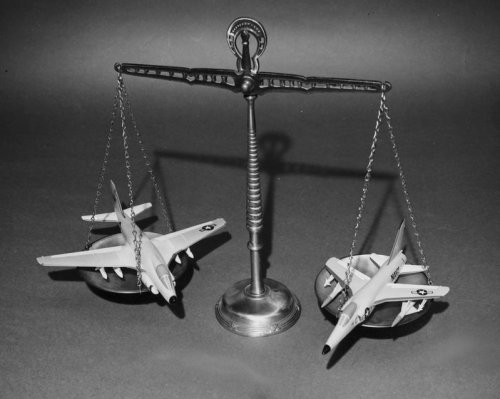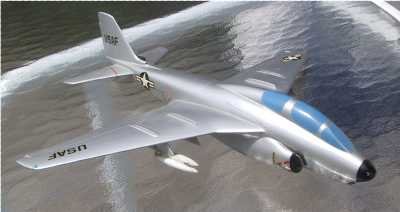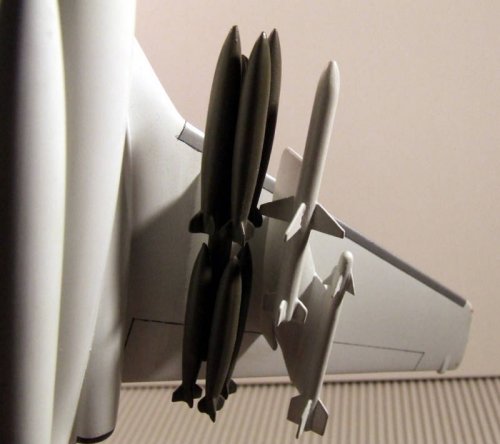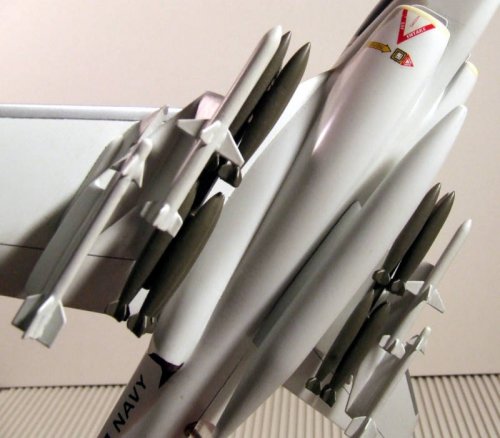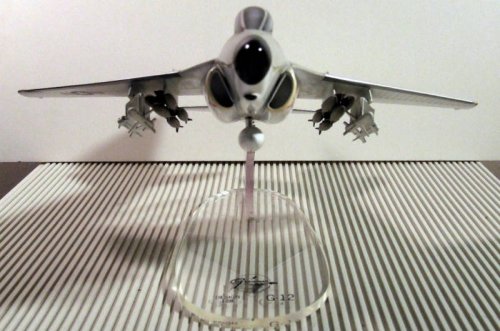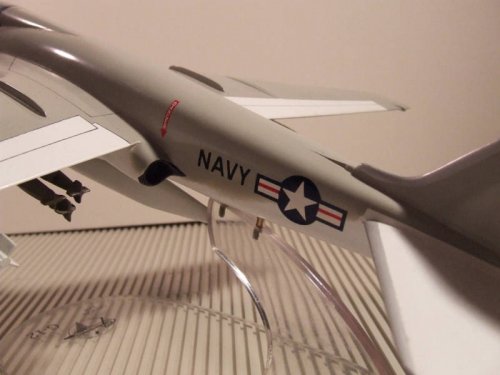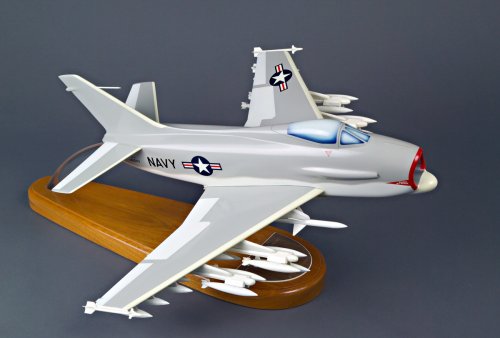- Joined
- 27 December 2005
- Messages
- 16,924
- Reaction score
- 21,797
Design 128G-12
When BuWeps requested proposals for the VA(L) light attack aircraft in June 1963, it specified that manufacturers should only submit designs which were minimum change modifications of existing designs as low cost and early availability were of prime importance. Accordingly, in August 1963 Grumman submitted its Design 128G-12, a derivative of the A-6A. As the VA(L) was intended for day operations in clear weather, the complex integrated navigation and bombing system of the A-6A was replaced by a simpler multimode radar, and a single-seat-on-centreline cockpit was substituted for the two-seat cockpit of the A-6A. The only other significant change was the incorporation of a folding horizontal tail to increase by one third the carrier spotting factor. The Navy finally selected the smaller lighter LTV proposal even though the resulting A-7A had much less commonality with the F-8.
http://www.angelfire.com/space/grumman/aircraft/designs.html




